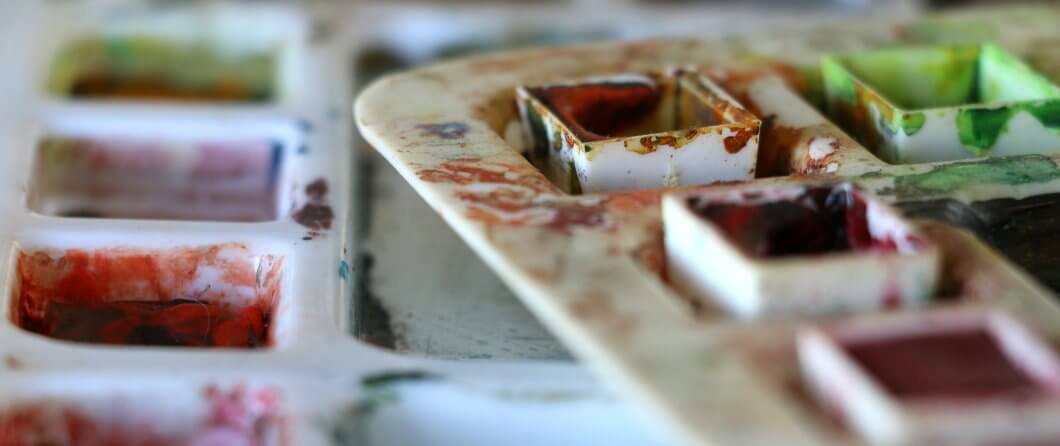
A soil scientist and professor at the University of Wyoming, Karen Vaughan, has perfected paint pigments from various American West soils.
Academically speaking, Vaughan’s area of expertise is called pedology. I know; it sounds like a funny name that doesn’t seem to have anything to do with soils. But it does—a pedologist is concerned with all aspects of soils, including their physical and chemical properties,
Professor Vaughan sees many more soils than most of us (even me!) and knows soils right down to the granular level. Over many years of studying and examining soils, she has come to appreciate the natural colors from various components in each soil and the beauty and subtle yet significant differences between soils.
A few years ago, she began to create a product turning the soils she loved into watercolor pigments. Now, she and a colleague, a soil scientist at California Polytechnic University, use soils to make pigments and paintings, bringing science to art, or maybe it’s making science an art. There’s even a large body of evidence that states that the “thinking” that occurs in science is stimulated by artistic activity.
The pigments distributed to artists come from the soil’s past: Bright reds and oranges mean the soils were exposed to the oxidizing effects of intense climates or iron (rust). Dark browns and blacks represent rich organic matter (dead stuff, a.k.a. compost). Brighter hues come from minerals with specific elements. For example, traces of copper create blue-green colors; vibrant yellows come from sulfur, and manganese shows up as faded purple. Whites could mean acid once trickled down through the soil from a group of pine trees or that ash at some point settled over the landscape, perhaps from a volcano or, more likely, forest fires.
Now truthfully, it’s far easier to paint by numbers. Using Professor Vaughan’s pigments require the ability of a true artist. But, as with many other things about soils, this story makes knowledge about soils more interesting!




Leave a Reply